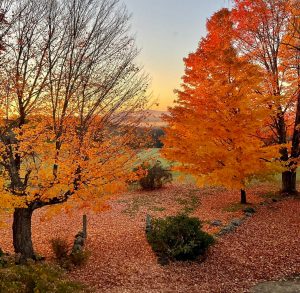
Blink and their gone.
What am I referring to?
Fall leaves.
It seems that one day I’m trying to remind myself to appreciate the stunning red and yellow canopies and then suddenly, the trees are bare, and snow begins to fall.
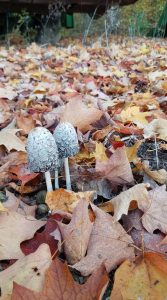
But I’m determined this year to slow the clock, to breathe in the leaves fermenting on the ground. Is that what makes that smell? Rotting leaves? Mold? Mushrooms? Some magical combination of rain, cold nights, and the sap draining from the trees and into the ground to hide away until maple syrup season?
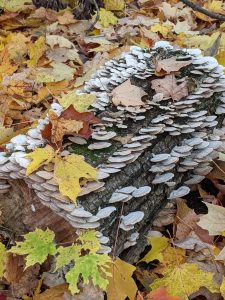
I adore fall.
But fall is so fleeting. It’s like getting back an editorial letter and being blown away by the fantastically positive opening paragraph. The editor praising the bits about your work you love. You can’t help basking in the vibrant fall sunset, the forest path set ablaze with fragrant multicolour leaves. But you can’t stay on that first paragraph forever. The temperature is dropping and the season is about to change.
Just as fall is fleeting, the true purpose of the editorial letter comes into focus. The leaves shiver and drop, fluttering to the ground. You turn the page and find that in the middle of your compliment sandwich, there are pages and pages of suggestions for change. Big shiver, a huge gust of wind and your winter begins with the editor’s constructive criticism.
Holy winter! How did that happen?
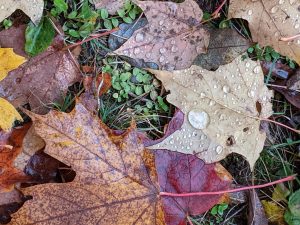
In truth though, I’ve been doing this long enough to know that sometimes a little hibernation is necessary. It takes time to consider what changes feel good and to imagine how to make them happen. Should you drop that second chapter? Are all those characters really needed? How am I possibly going to cut twenty-thousand words?
A classic first draft mistake is starting in the wrong place. For this manuscript, I don’t think it is so much that I’ve started in the wrong physical place—wrong moment or location—it’s more that my writing isn’t the right temperature. I’ve failed to fully immerse the reader by meandering into the story, and over describing the setting while I try to find my footing.
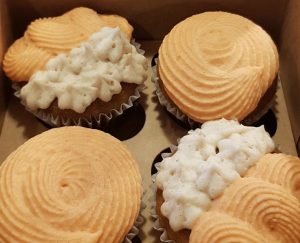
Last night, my daughter was mixing up a batch of cupcakes—a fall favourite of ours; pumpkin, with cinnamon cream cheese icing. The first few dozen cupcakes were stunning, the piped icing decorations crisp and sharp. But near to the end, her piping bag curled in her palm, the icing within warming to her touch, the cupcakes lacked the same sharpness. She stepped back and said, “I can’t use these, the icing looks like mashed potatoes.” And she wasn’t wrong. The butter in the icing, warmed by her hands, was liquifying.
As I hibernate through my editor’s comments, I’m going to focus on the temperature and its effect. Temperature can cause centenarian hard maples, to drop their leaves. It can also turn a baking masterpiece into a flop and yet, the baker can open windows to cool the room, chill the stainless-steel bowl, and toss the piping bag into the freezer.
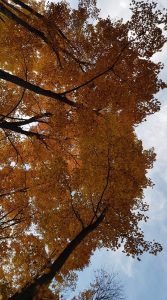
This is the art of baking… and writing.
A writer can cut repetitive lines. Show the reader instead of telling and have faith they will make the right connections. Stop over describing the setting and allow the reader’s imagination to fill in the canvas.
Today may be the last day of the year where I’ll have the opportunity to look up and pick out the individual hues of yellow and red and orange in the canopy. Soon the branches will be bare and… I’m not ready for winter.
I need more time to warm to my editor’s suggested changes.
Let’s just hope I’m brave enough to begin my revisions before the temperature rises and we crack out the maple syrup buckets.